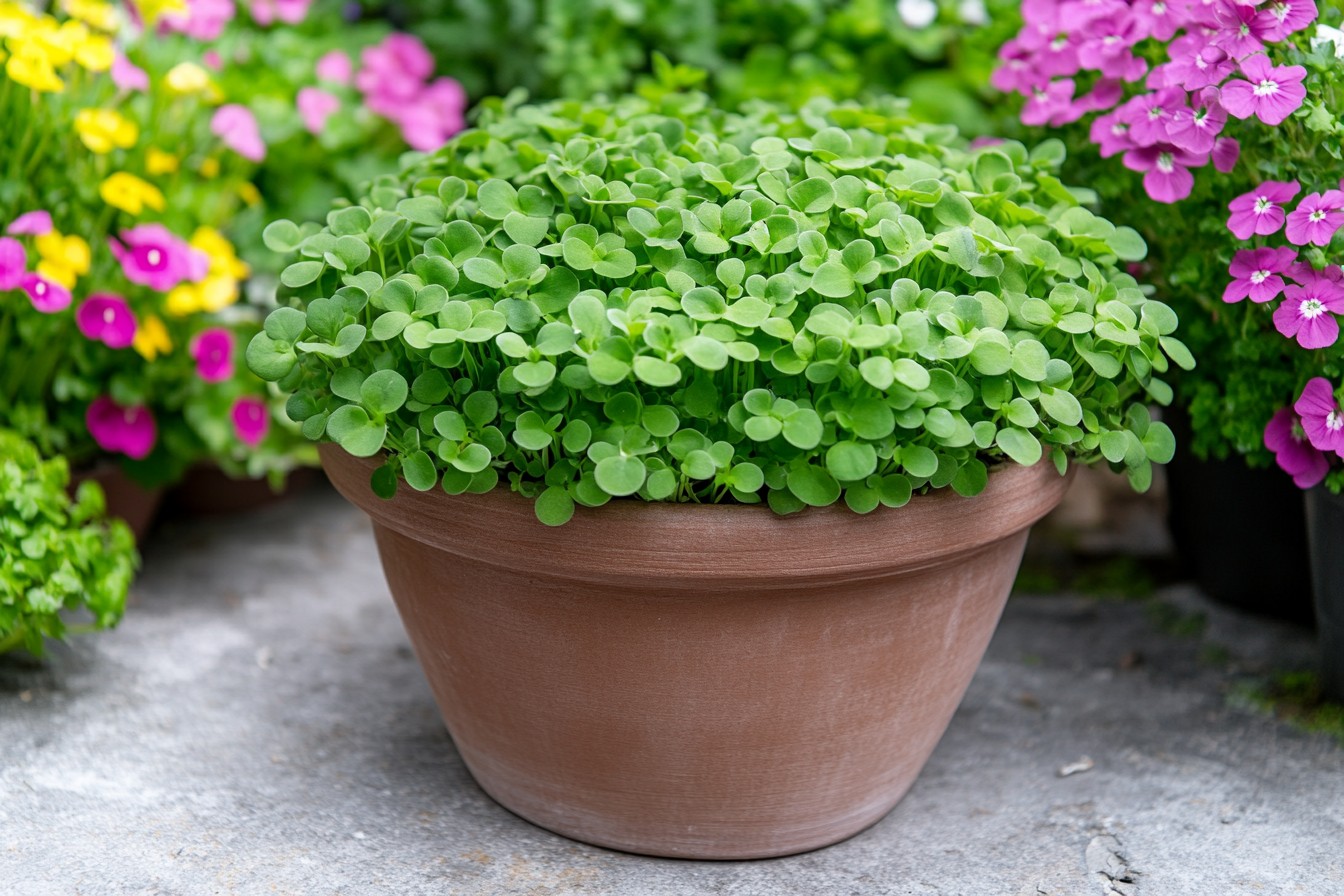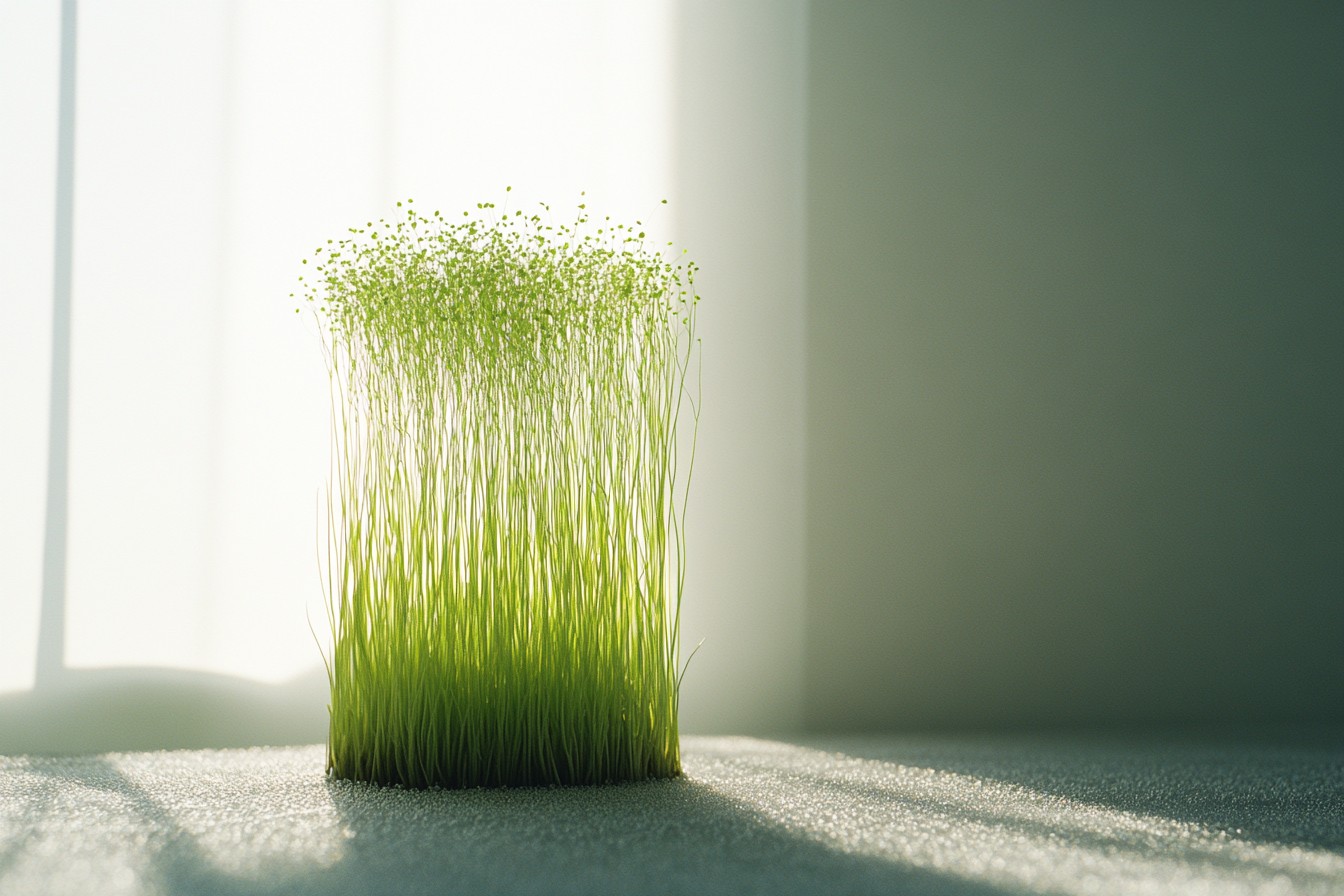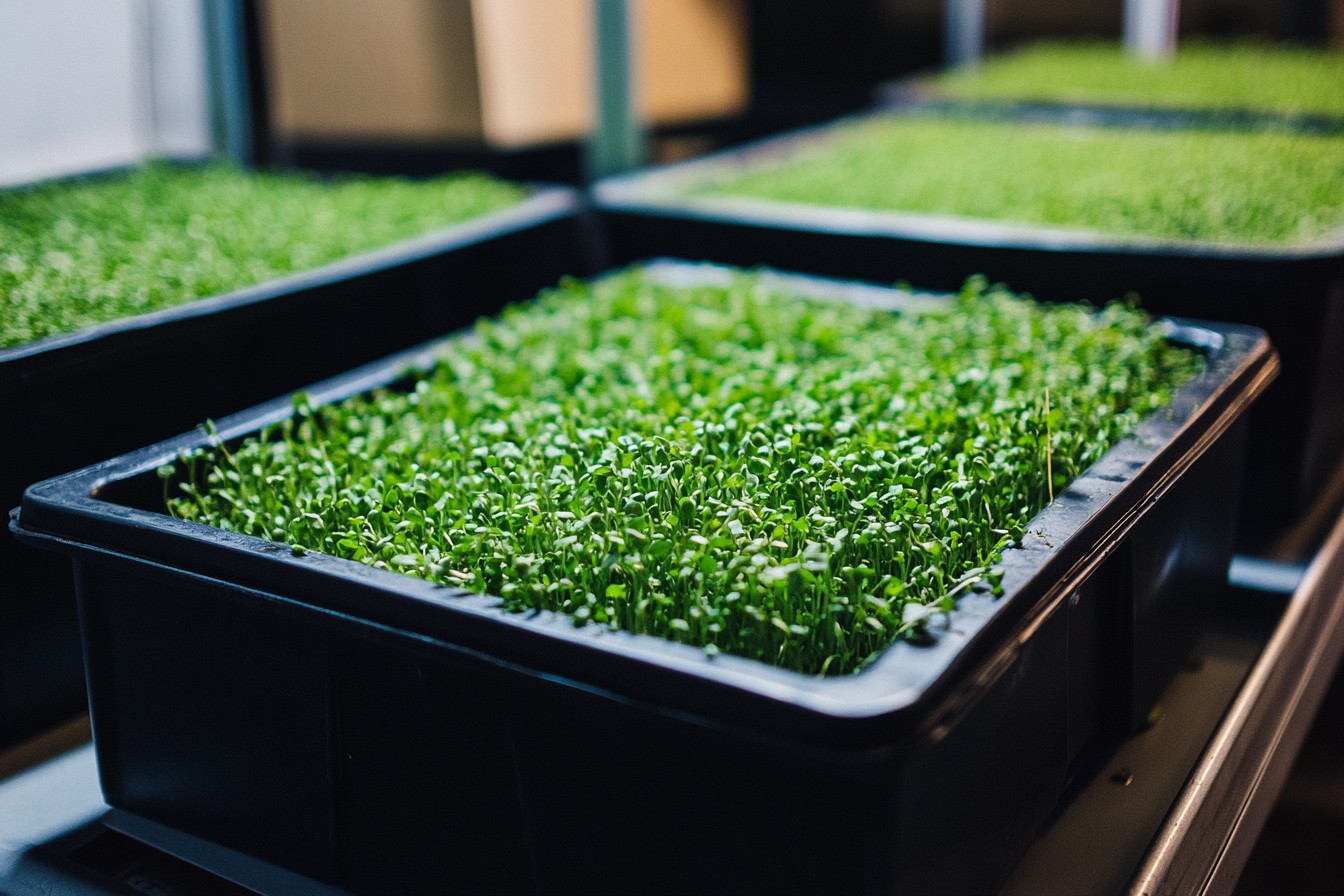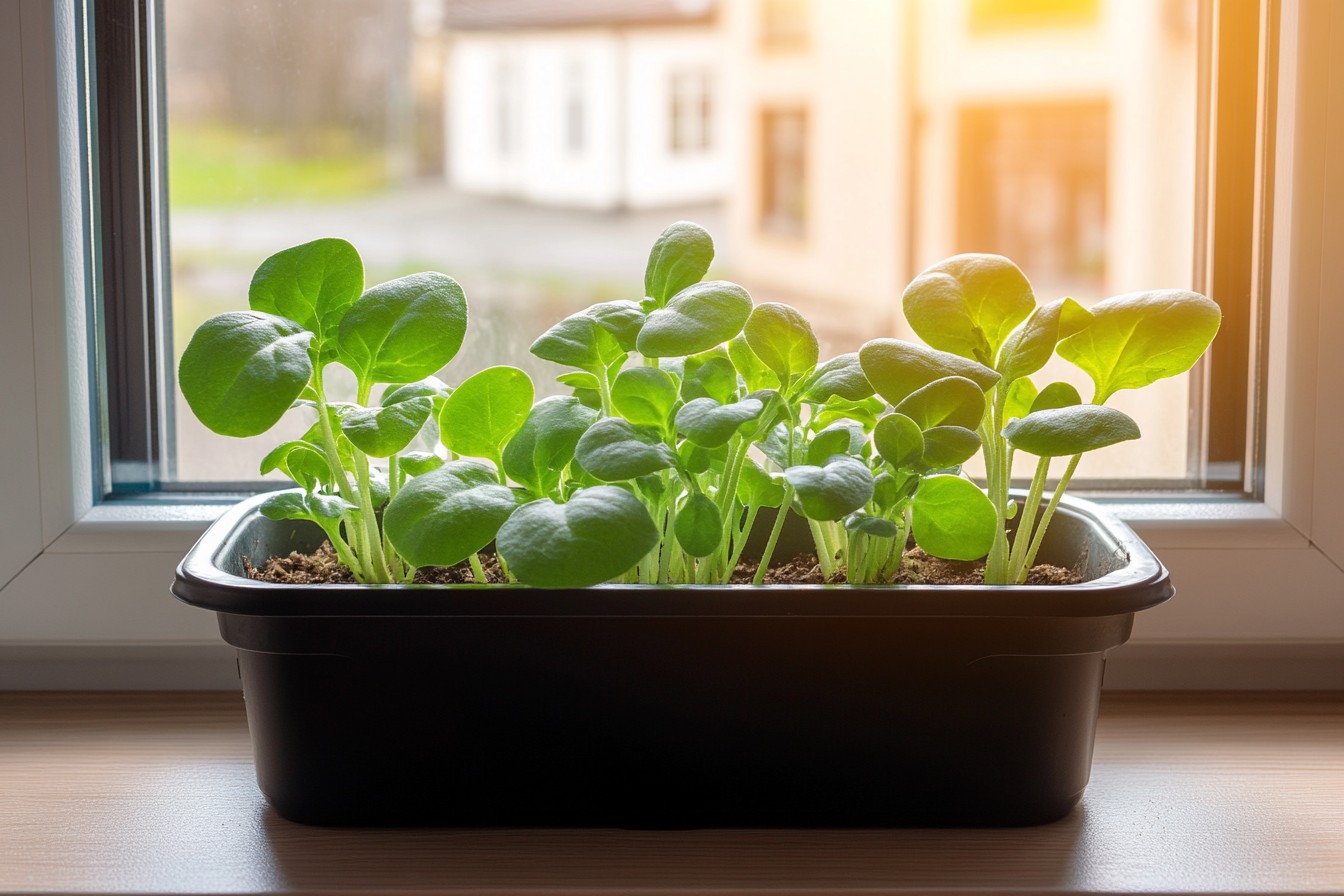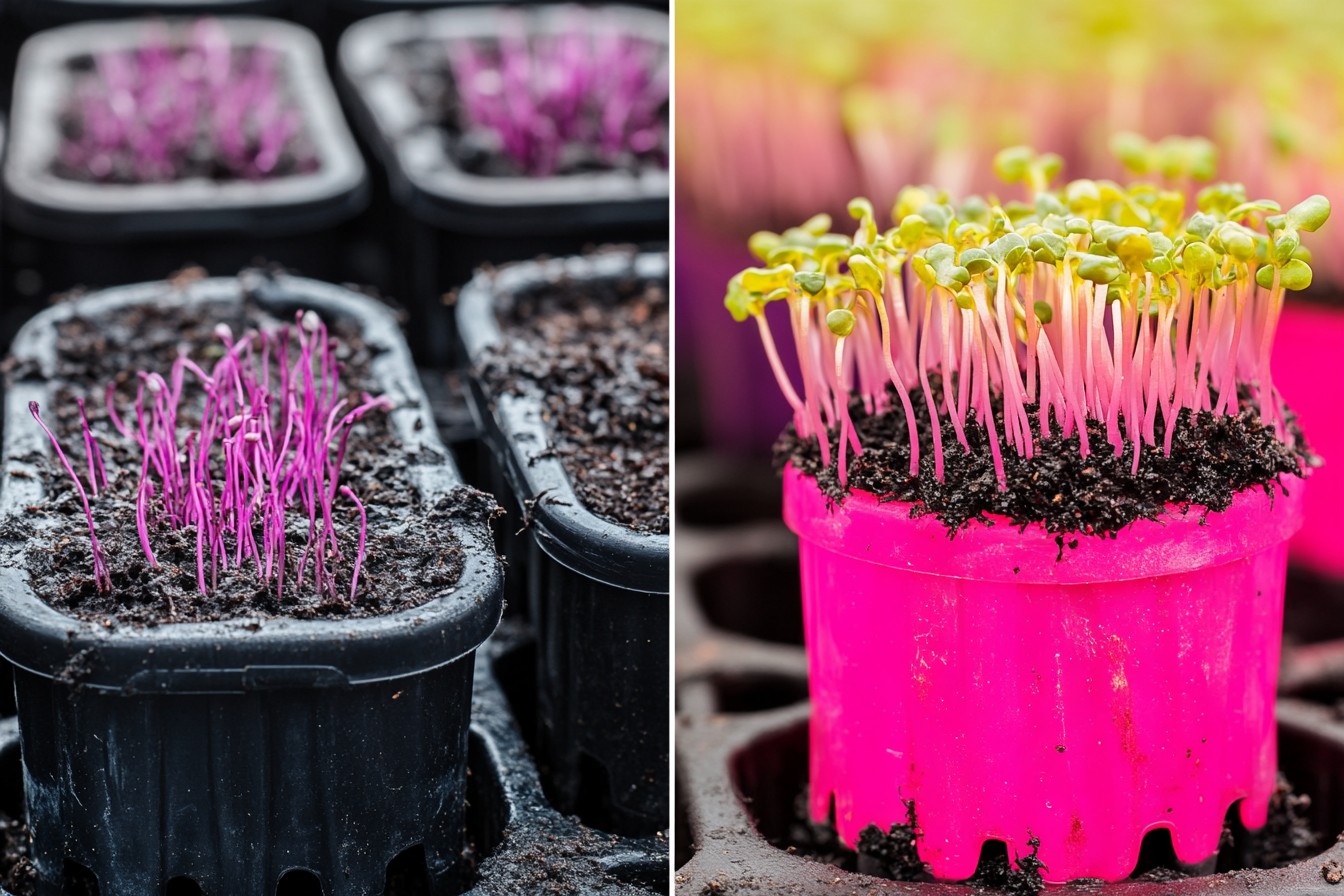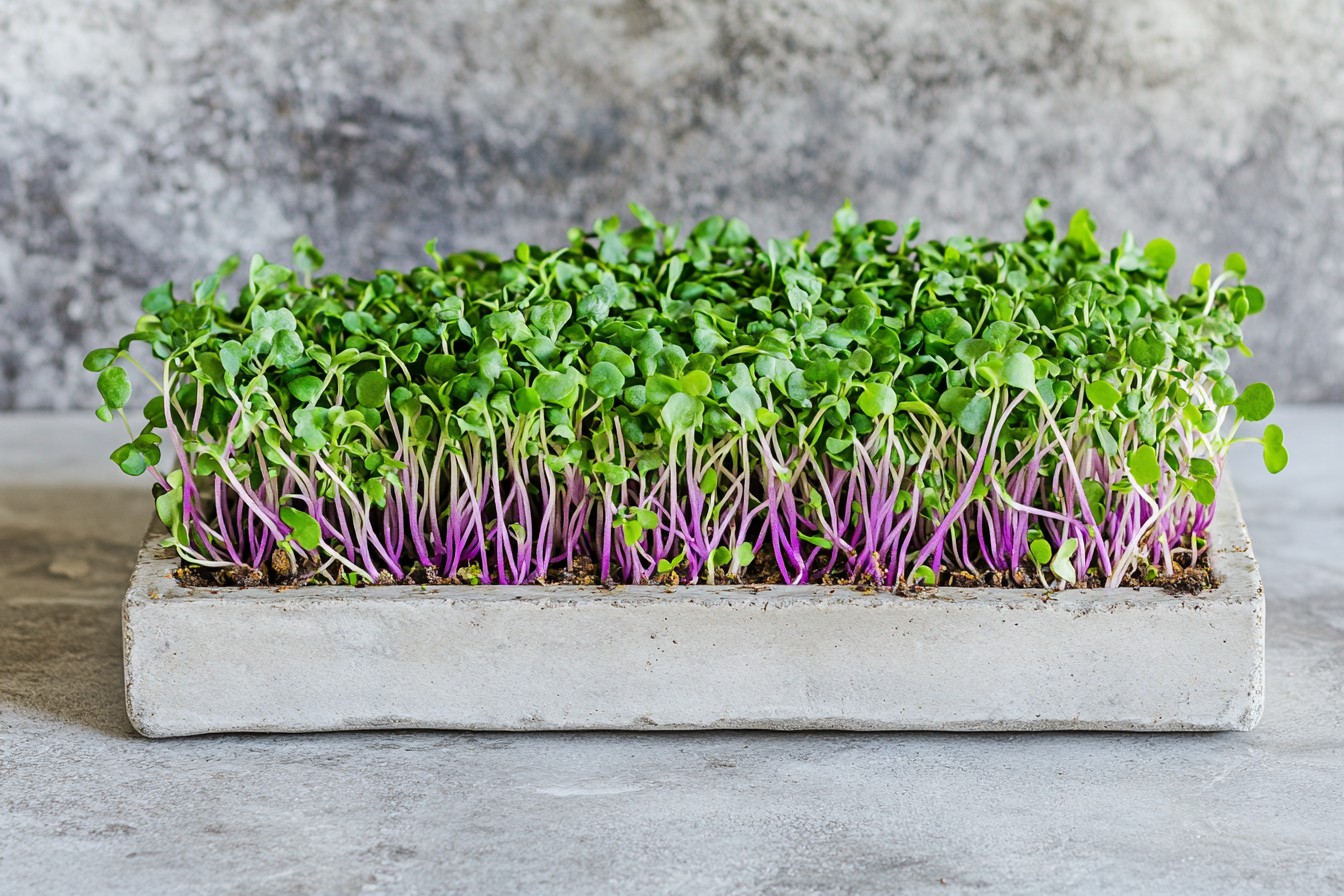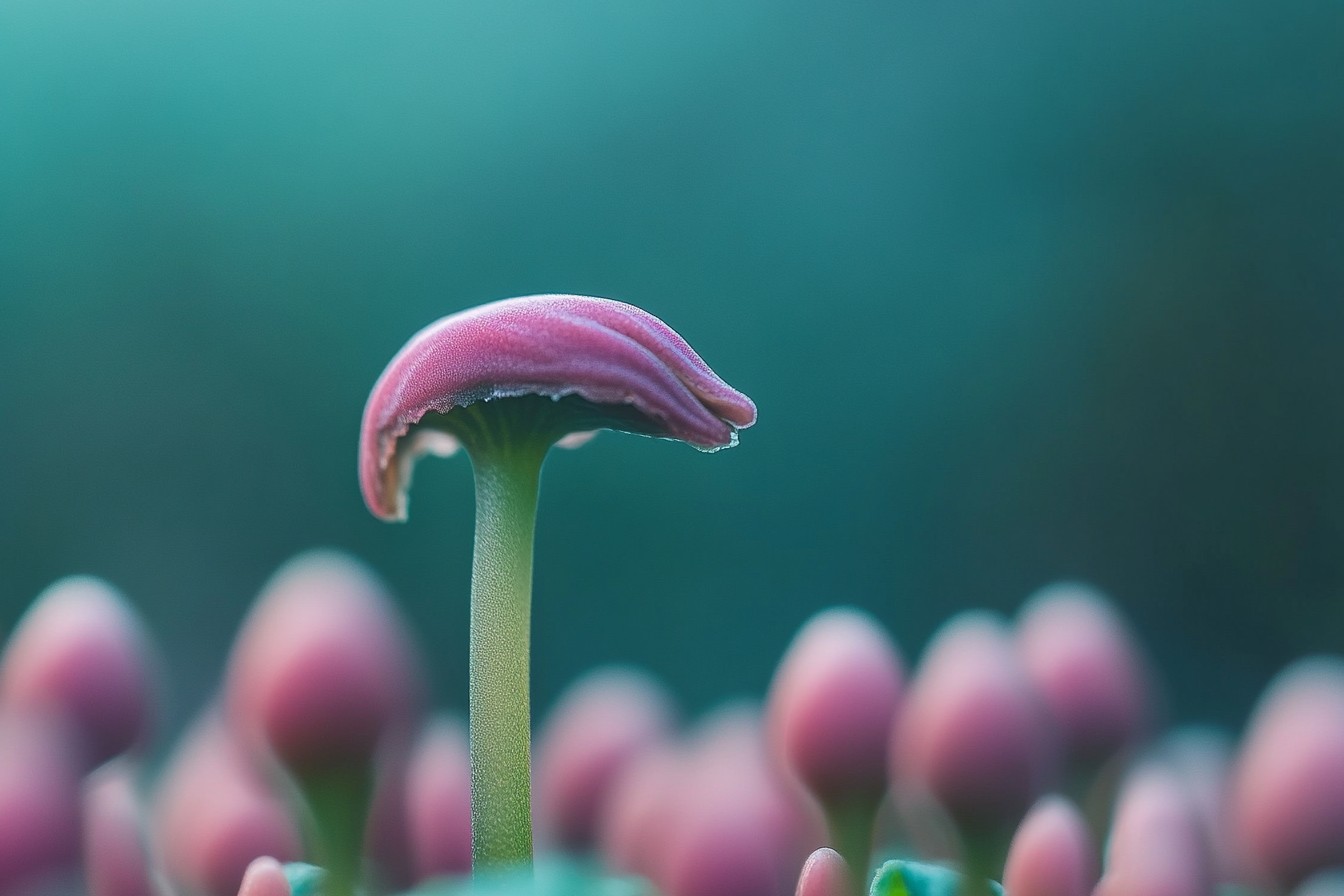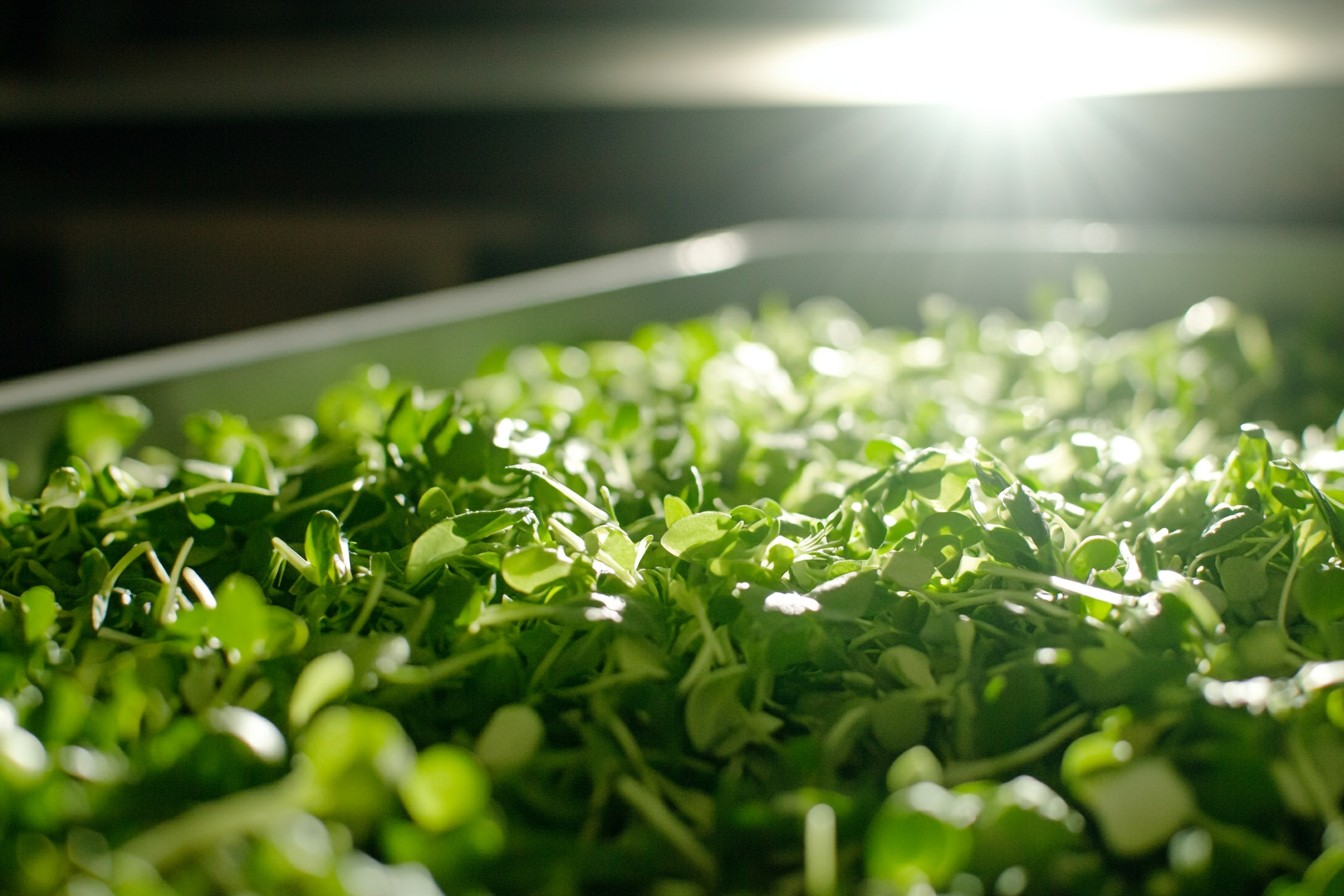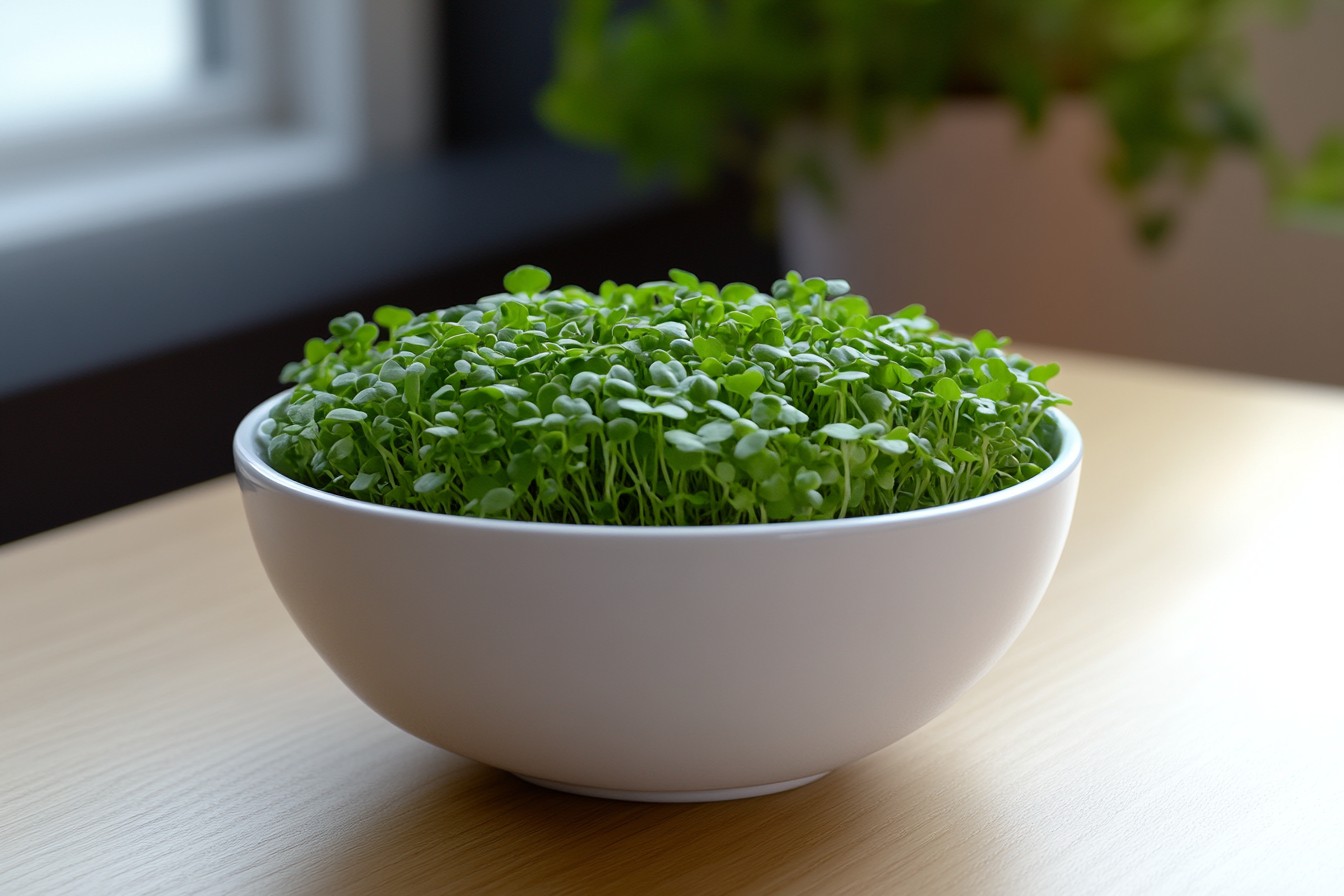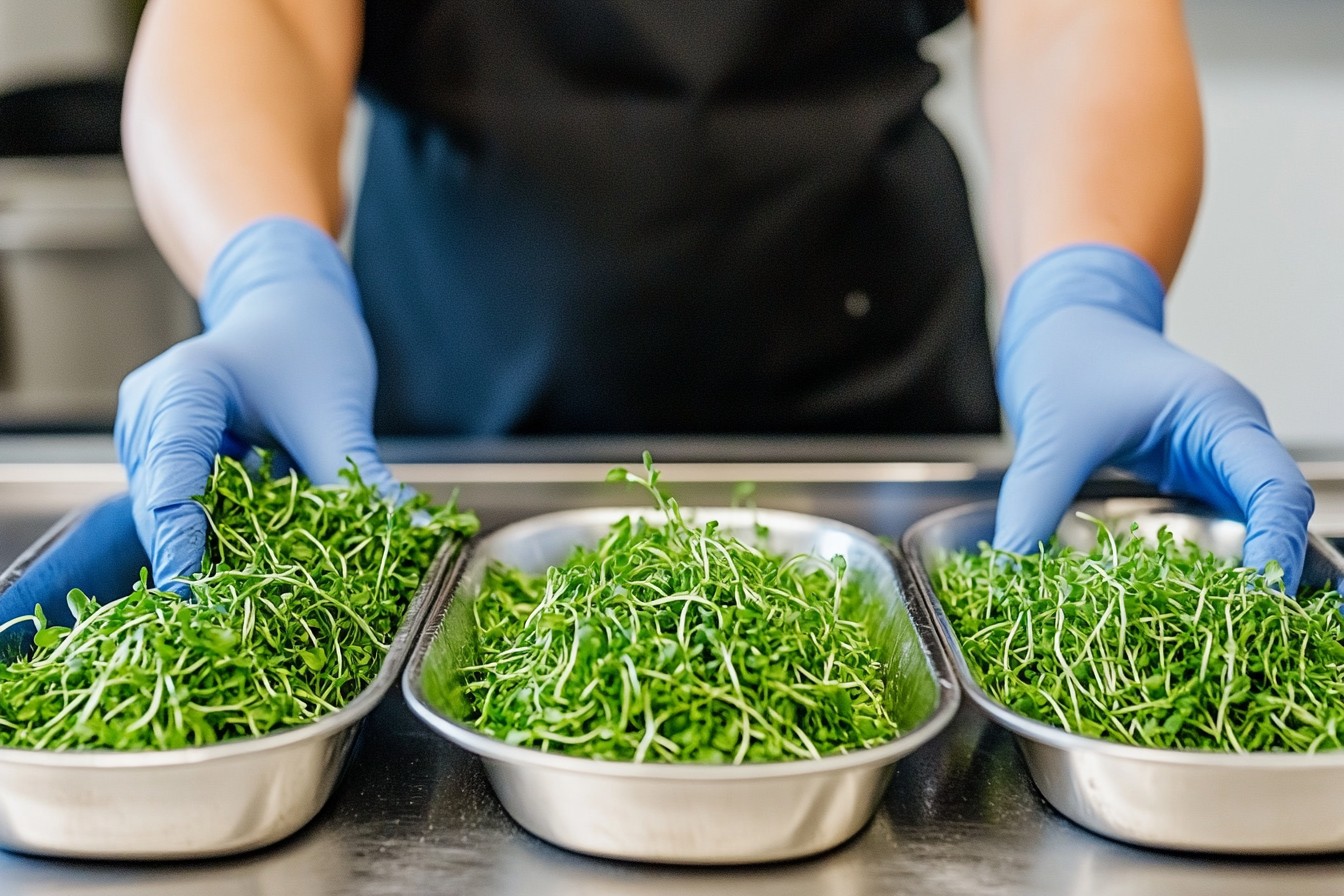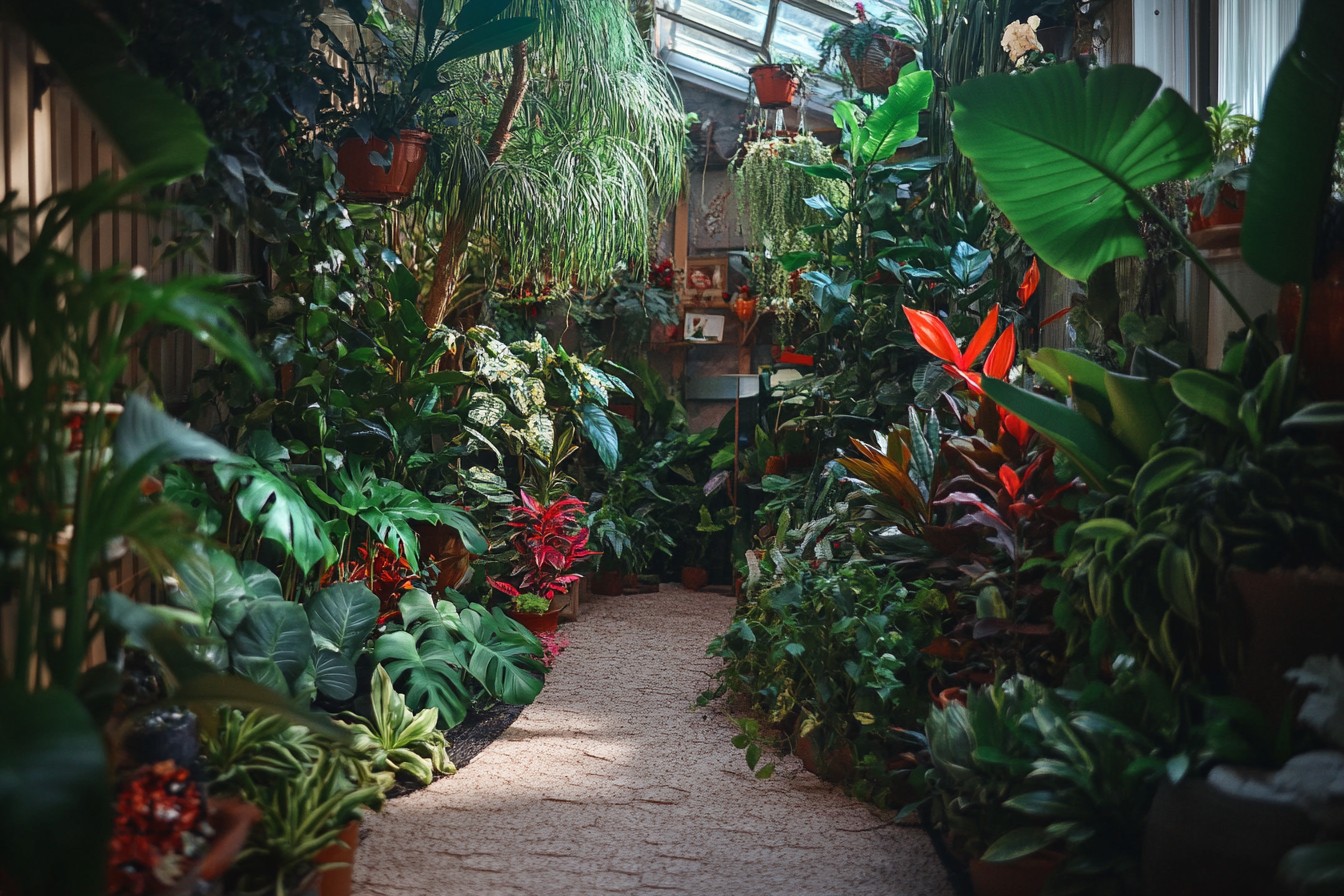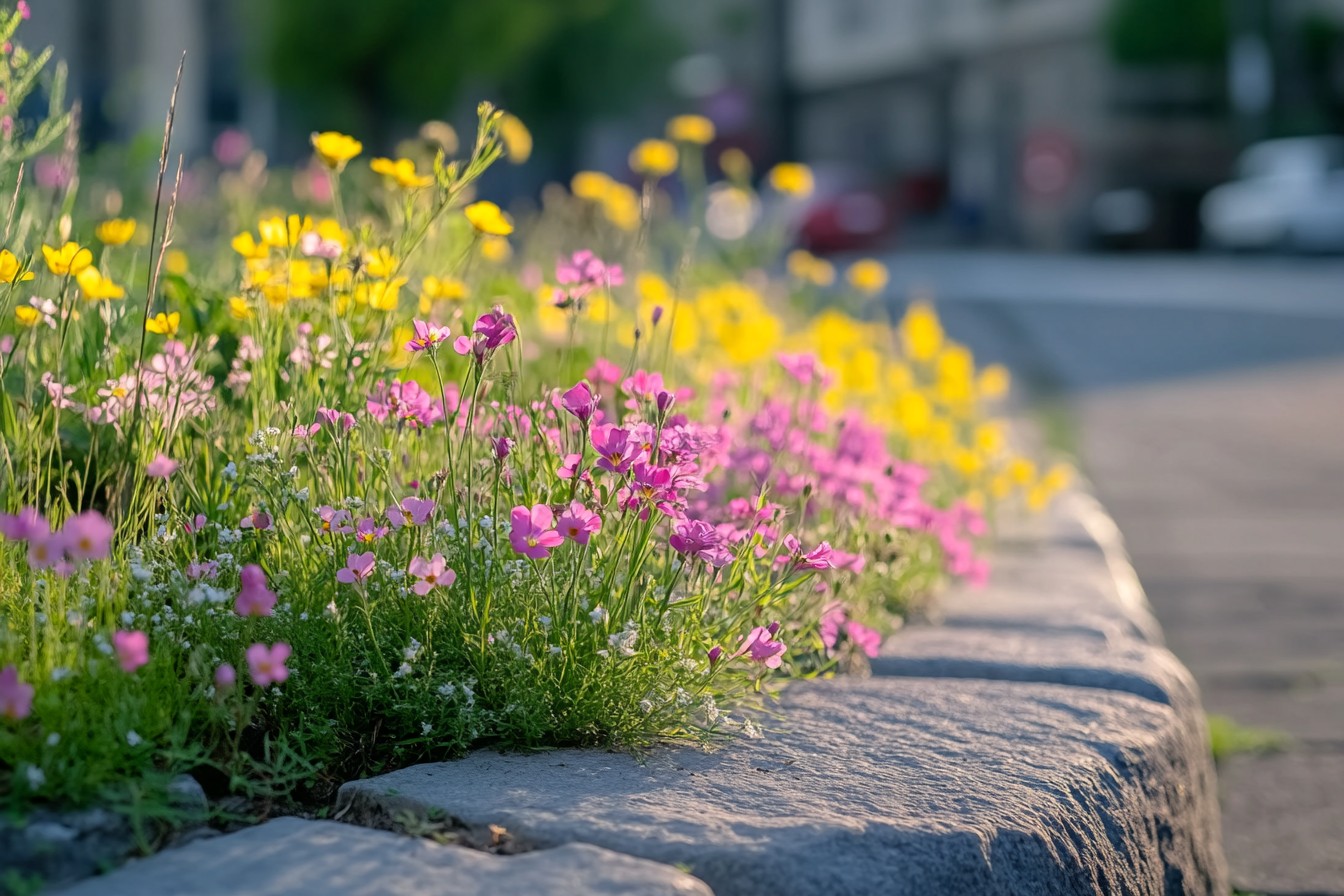I’m not exactly known for my patience. Just ask my sister Lisa, who still brings up the Christmas morning when I unwrapped all her presents while she was still asleep because “someone needed to check if Santa got it right.” I was twenty-three. Anyway, this character flaw explains my initial attraction to microgreens—tiny plants you can harvest in like a week or two instead of waiting all season for full-sized vegetables.
Growing stuff that fast seemed almost like cheating, and if there’s a gardening loophole, I’m absolutely gonna exploit it. The whole microgreen obsession started after I spent $14 on a tiny plastic container of fancy microgreens at the farmers market. Fourteen bucks!
For what was essentially baby plants! I stood there with the tiny container of pea shoots, trying to justify the purchase to myself. “Well, they’re organic,” I muttered, as the vendor pretended not to hear my internal financial crisis.
The guy next to me—bearded, wearing what had to be a handwoven sweater—nodded sagely. “Worth every penny, man. That’s living food.”
I ate them on a sandwich later that day and, yeah, they were pretty amazing—like concentrated pea flavor with this perfect crunch.
But $14 still seemed ridiculous, especially when I looked at the container and realized these were just… baby plants. I could grow baby plants.
Hell, accidentally growing plants too small was basically my specialty for the first decade of my gardening attempts. So I did what any reasonable person would do. At 11:47 PM on a Tuesday, I ordered six different types of microgreen seeds, special growing trays, organic coir growing medium, a spray bottle designed specifically for seeds (which, as it turns out, is literally just a spray bottle), and a set of tiny scissors marketed as “microgreen harvesting shears” that cost three times what regular scissors would.
The total came to $112.43, which was absolutely going to save me money on that $14 container of microgreens. Eventually. In theory.
The seeds arrived three days later—broccoli, radish, sunflower, pea, mustard, and a “spicy mix” that had a warning label that seriously said “NOT FOR THE FAINT OF HEART,” which seemed a bit dramatic for baby plants. I converted my kitchen table into Microgreen Mission Control, much to the annoyance of my roommate, Kyle, who had the audacity to want to “eat meals at a table like a human being.” I reminded him that the rent split wasn’t exactly 50/50, and that extra 8% I paid entitled me to occasional agricultural takeovers of communal spaces. He retaliated by eating an entire pizza without offering me any, but I was too busy reading the seed packets to care.
The setup was supposed to be foolproof. Literally, the website had claimed “Even beginners can’t mess this up!” which sounded like a personal challenge. I spread the coir in the trays—half an inch deep, according to the instructions—and realized I’d ordered the wrong size trays for the special humidity domes, which meant I was going to have to MacGyver something with plastic wrap and hope for the best.
I meticulously measured out the seeds using an actual kitchen scale (1 ounce of broccoli seeds per 10×10 tray, apparently), then used a credit card to spread them evenly across the surface. The instructions said to “distribute the seeds in an even layer where they’re touching but not piled on each other,” which is exactly as fiddly and annoying as it sounds. Day one: I misted the seeds with filtered water (tap water apparently contains microgreen-murdering chemicals, according to the extremely intense YouTube channel I’d been binging), covered them with my janky plastic wrap dome, and stuck them in a dark cabinet.
The instructions said they needed 3-5 days without light to germinate properly. Day two: Nothing visible yet, but the pea seeds had swelled up a bit. I misted them again, feeling like I was caring for alien eggs.
Day three: Woke up at 2:17 AM with a sudden panic that I might be overwatering. Resisted the urge to check until morning. When I finally did look, there were tiny white tails emerging from the broccoli and radish trays.
It looked like they were growing little worm appendages. Gross but exciting. Day four: Kyle opened the cabinet to get a coffee mug and screamed, which I thought was an overreaction to some sprouting seeds until he explained he thought they were maggots.
After he calmed down, he admitted they looked “kind of cool, in a sci-fi horror kind of way.” The pea shoots were really taking off, pushing against the plastic wrap. The mustard was lagging behind, which hurt my feelings a little since I’d been extra careful with that tray. Day five: According to the instructions, it was time for light.
I cleared off my desk—well, shoved everything onto the floor—and set up the trays by the window. Within hours of getting light, the little sprouts straightened up and tiny seed leaves appeared. The transformation was so fast it was almost creepy, like watching a time-lapse in real life.
I found myself checking them every hour, which Kyle pointed out was “not helping them grow faster” and “making you look like a helicopter plant parent.”
The next week was a blur of misting, fretting over mold (false alarm—just fuzzy root hairs), and sending daily photo updates to my mom, who responded with increasing concern about whether I was getting enough social interaction. The broccoli and radish microgreens shot up like they were in a race to the sun. The peas grew sturdy and developed these perfect little leaves.
The sunflower seeds shed their black shells, which stuck to the tiny leaves and had to be gently washed off, a process so tedious I questioned my life choices while doing it. The mustard tray, though? Disaster.
About half the seeds actually sprouted, and those that did were leggy and pale compared to the others. I took this personally, as though the mustard seeds were deliberately sabotaging my first microgreen attempt. I later figured out that the seed packet was from last season (the website had sent me old stock), which explained the poor germination rate.
At least I hoped that was the explanation, rather than some fundamental character flaw that made me specifically bad at growing mustard. Harvest day finally arrived, just 12 days after sowing. The broccoli microgreens were first, standing about 2.5 inches tall with perfect dark green leaves and a surprisingly strong broccoli smell.
I took my overpriced tiny scissors and snipped just above the growing medium, collecting a genuinely impressive pile of tiny greens in a colander. It came to about two cups of microgreens, which according to my farmers market calculations, was roughly $28 worth. I was practically making money at this point.
The radish microgreens had a serious kick to them—way spicier than actual radishes. The sunflower shoots were nutty and sturdy, almost like bean sprouts. The pea shoots were exactly like the ones I’d overpaid for, sweet and crisp.
The spicy mix lived up to its dramatic warning label, leaving my mouth feeling like I’d licked a battery. The mustard… well, I got about three sad pinches from the entire tray.
Not exactly a bountiful harvest. I made a giant salad that night with all five successful microgreen varieties, topped with a grilled chicken breast and way too much dressing (I have never learned portion control with salad dressing and probably never will). Kyle, despite his earlier horror, asked if he could try some.
His verdict: “They taste… plant-y? But like, intense plant.
Is that what you were going for?” It wasn’t exactly a rave review, but he took a second helping, so I counted it as a win. The final tally for my first microgreen adventure:
– Total cost: $112.43
– Growing time: 12 days
– Total yield: About 9 cups of microgreens (roughly $126 farmers market value)
– Actual quality: Really freakin’ good, except for the mustard fail
– Pride factor: Insufferable. I texted photos to everyone I knew.
Would I do it again? Absolutely. In fact, I immediately started a second batch before finishing the first harvest.
And a third batch a week later. I was quickly running out of horizontal surfaces in my apartment, but that’s a problem for future Mark. The current Mark was too busy planning an ambitious 12-tray rotation system that would give me fresh microgreens every 3 days, forever.
Kyle recently suggested I might have “gone off the microgreen deep end” when he found me calculating the optimal seeds-to-tray ratios at 3 AM, illuminated only by my laptop screen. He’s probably right. But when you find something you can grow that (1) doesn’t take months, (2) rarely gets attacked by pests because it’s inside, and (3) actually tastes better than store-bought?
Well, that’s the gardening holy trinity, my friends. My next experiment is growing microgreens hydroponically, using just paper towels and water. Kyle has already made me promise not to flood the apartment again.
I told him I’ve learned from my mistakes. But we both know that’s a lie—I’ll make entirely new mistakes this time. And honestly?
I can’t wait to see what they are.
